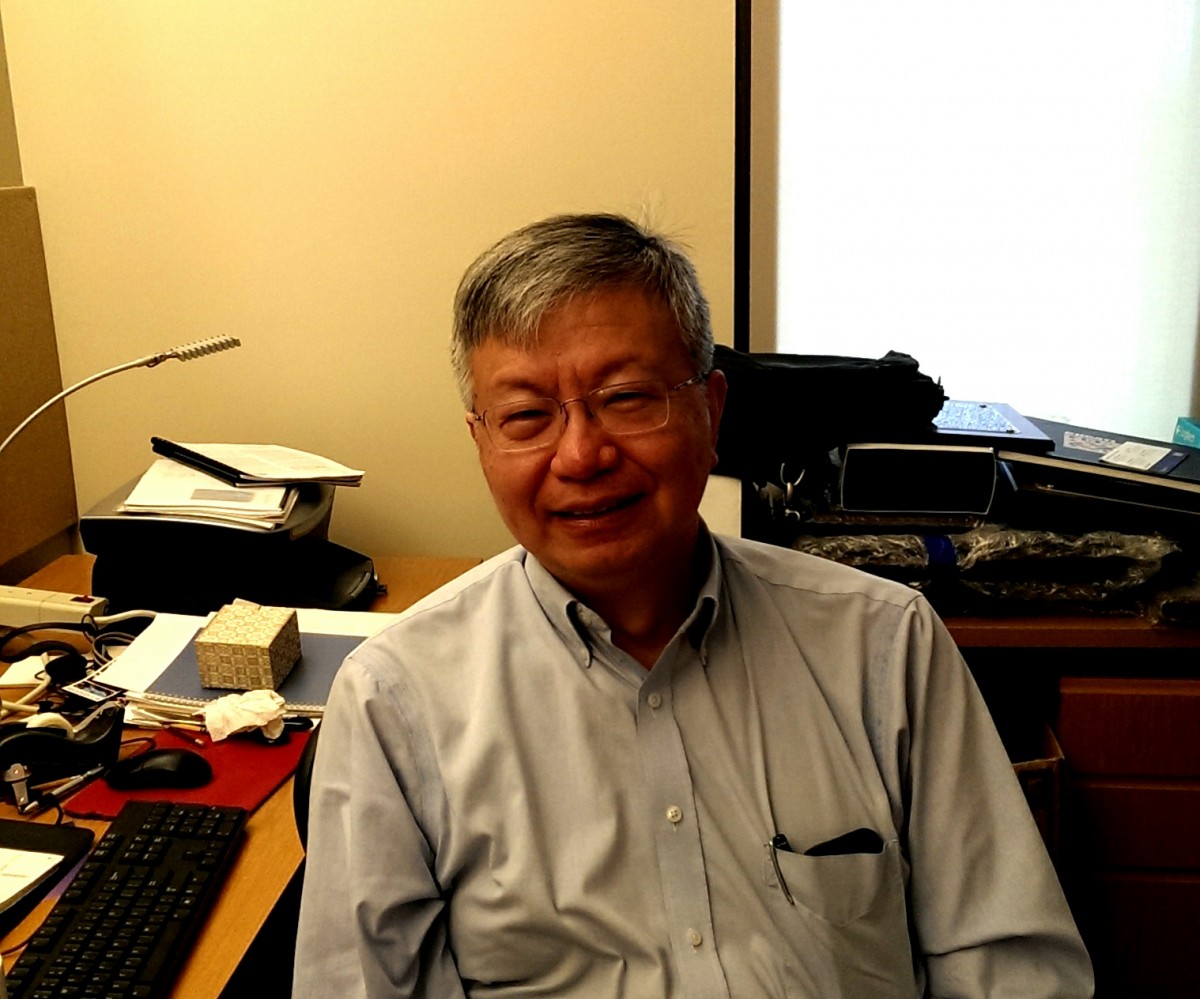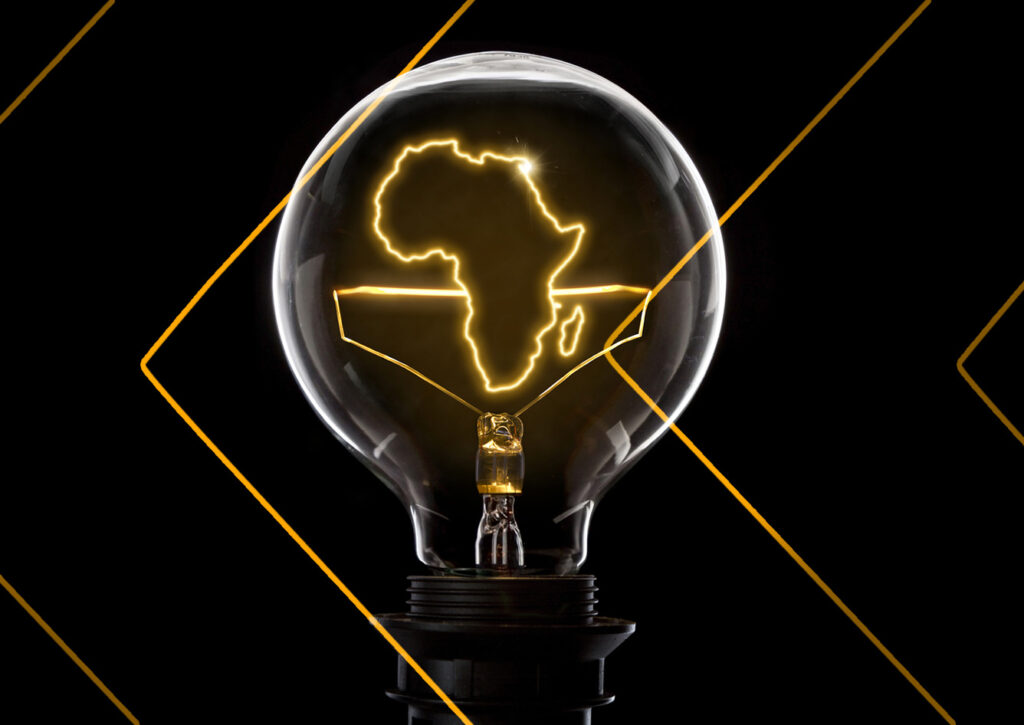The last part of the three-part conversation with Prof. Hau Lee of the Stanford Graduate School of Business.
Listen to first and second part of the conversation.
[soundcloud url=”https://api.soundcloud.com/tracks/212889858″ params=”auto_play=false&hide_related=false&show_comments=true&show_user=true&show_reposts=false&visual=true” width=”100%” height=”450″ iframe=”true” /]
Read Transcript below:
[kpakpakpa.com] Similar to the Shanzhai, you can find innovation on a small scale in Lagos, in places like computer village, where you have all these very intelligent young people providing technology solutions without a formal education. How do you foster this innovative spirit and aggregate it to make something unique and valuable that could build a sustainable business?
[Hau Lee] There are some people in India doing the same thing. In some part of Mumbai, where people know a lot about motorcycles, scooters and such vehicles. They have all kinds of little components and widgets – new and recycled – that they can quickly put together to create something new. So, for instance, if you want a particular type of scooter, they can build it for you with their acquired skill and knowledge.
“So you need that ecosystem and that ecosystem sometimes has to be supported by the government”
Although they can not do this on a massive scale but that’s similar to the beginning of the Sanzhai in China. There were a lot of factories building phones for Nokia and other phone companies that had all these extra components around. With these components, you can get a few components here and there and build your own phone and create something different. Eventually, because of the existence of this big ecosystem, things like Sanzhai becomes its own industry. Which is why once a country’s government helps with creating a “cluster” which makes it efficient to serve the big guys, then secondary unique industries can be created around that. So maybe Ethiopia starts by inviting H&M and Zara to come in and source clothes from their textile industry. But once they have the little guys building small textile factories, button accessories and so on, who knows, maybe they can build their own product and their own unique Ethiopian brand that serve a niche market. So you need that ecosystem and that ecosystem sometimes has to be supported by the government.
“Africa is moving in a very positive direction”
[kpakpakpa.com] We usually hear all these themes “Africa Rising”, “Africa, The next frontier”, “This is Africa’s time”. Based on what you have seen and the companies that you have worked with in Africa, in respect to manufacturing and supply chain management, do you think in the next ten years that African companies will be successful in this regards?
[Hau Lee] I think definitely it will be successful. As strong evidence, I joined the board of a company that is doing distribution and logistics in Africa because there is going to be a lot of activity going on in Africa. Then everyone one says “you said that 30 years ago, 40 years ago” but there are some positive signs. Look at Rwanda for instance. Rwanda used to be terrible and people said just give up. But look at Rwanda now – the government is better and things are much better now. All these countries are getting better and better, I’m just hoping that some of these terrorist groups stop their activities because they are the ones making trouble. Without these terrorist groups and conflicts, Africa is moving in a very positive direction.

